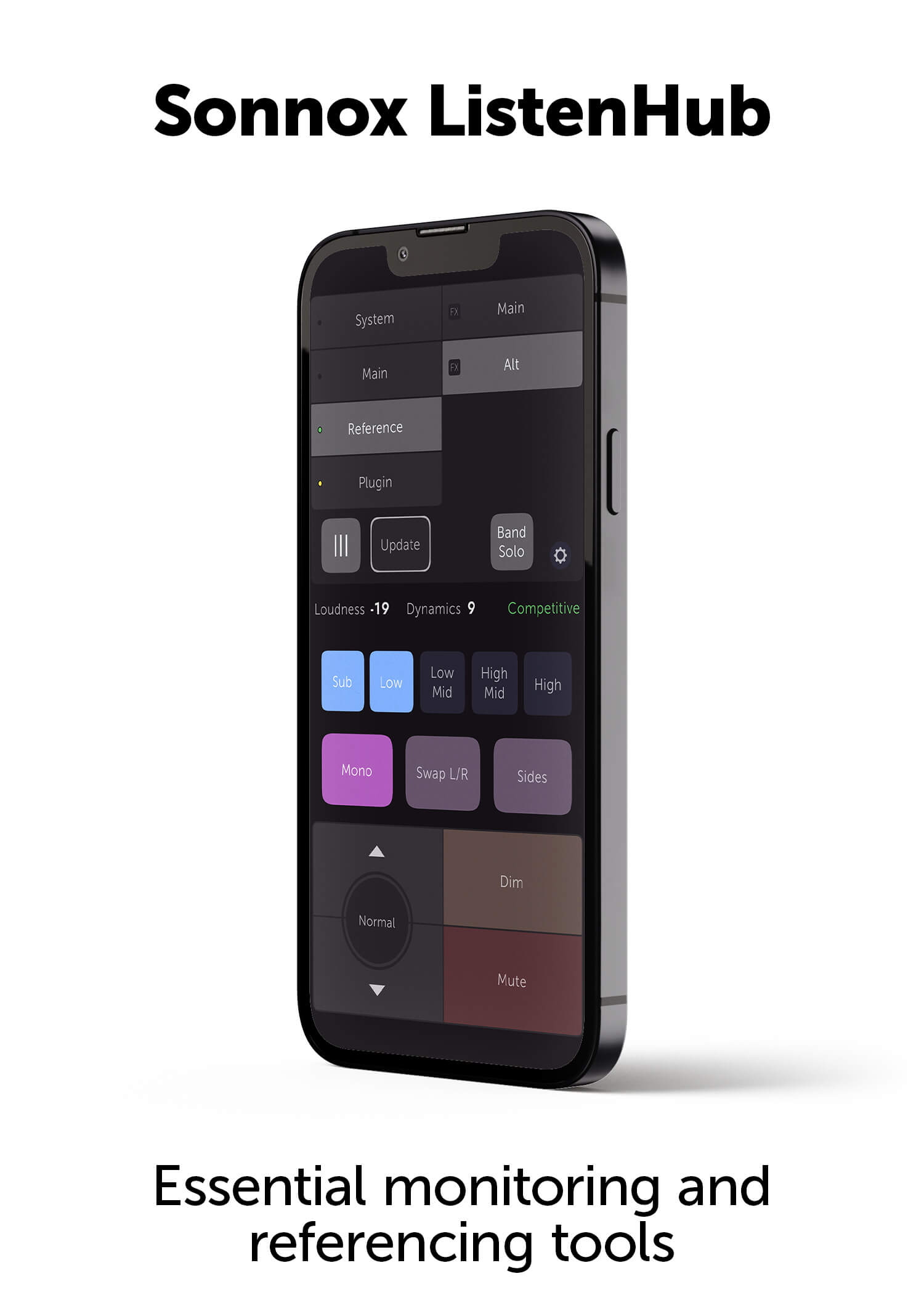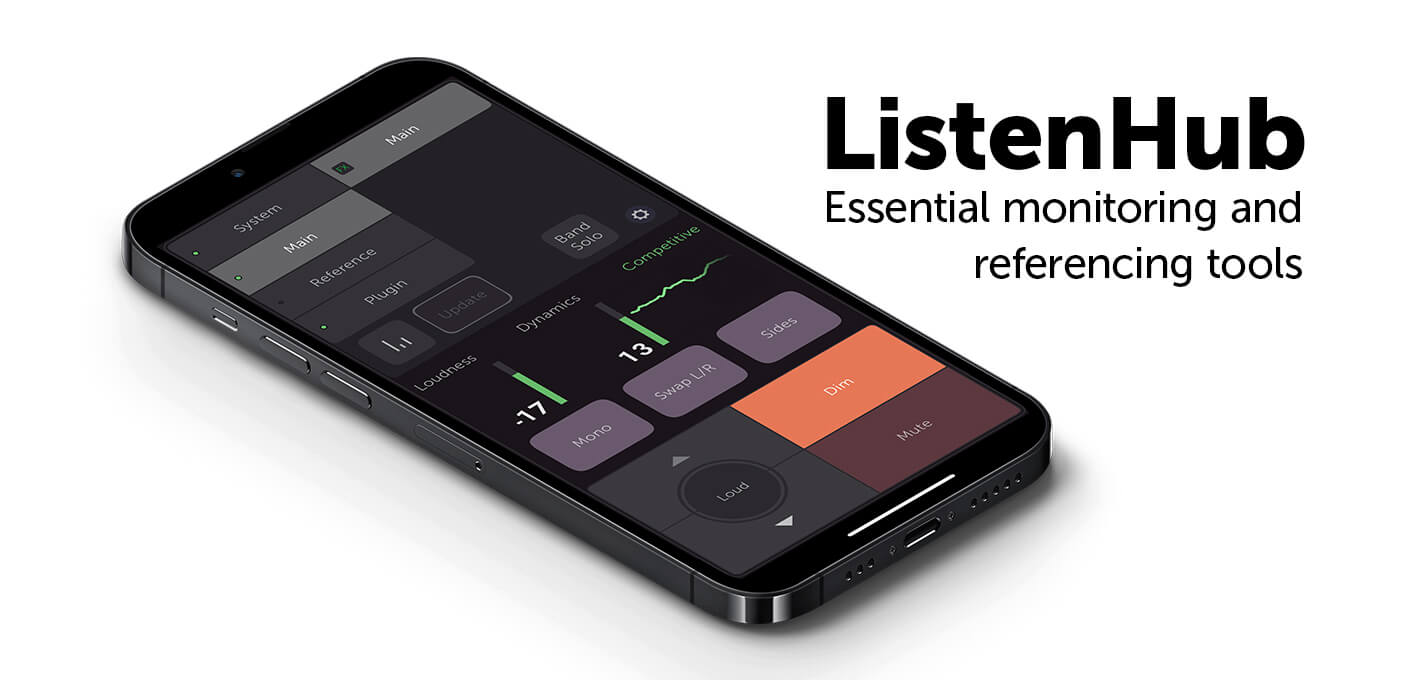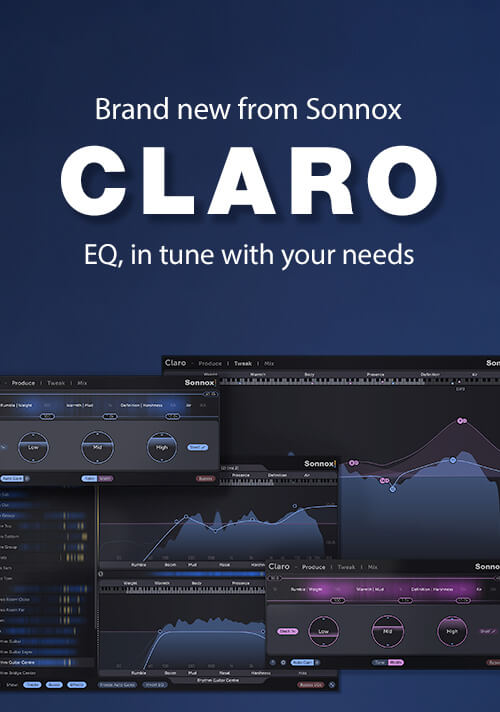Bass Drums and Life in the Low Lane.
Let’s talk about life in the low lane, the low end, life below 300Hz - where, as my friend Tim says, ‘the booty is’ - here after referred to as: ‘TheFat’. Listening to modern records, it is in my opinion, the most difficult frequency area to nail reliably. Fat means different things to different people. If someone tells you that a mix is bass light, they’re not telling you much. For example, the club DJ and the iPod listener are going to have different opinions of what sounds fat, given that the iPod listener hears little below 70Hz, and the club’s speaker system generates so much 30Hz it will loosen the elastic in your underwear! You need to define your own brand of fat and learn to translate other people’s vision of it.
A good way to teach yourself what is what in the low lane is to insert the Oxford EQ on some music that you think sounds great, set the hi-pass filter to 36dB/octave and slowly start raising the frequency knob up from 20 to 400Hz and back down. The filters on the Oxford EQ are very clean, so as you go up and frequencies are being eliminated by the filter, you’ll being able to clearly associate various frequency numbers with various colors. Try it now. Go ahead. I’ll wait.
Interesting huh? I find that this works much better at pointing out crucial spots in the low end than the traditional over-boosting of one narrow band of frequencies.
Now, try the above method on the separate tracks of one of your mixes. Yup, that’s right, there is NOTHING below 100Hz on the guitar you recorded through that amp emulator. Correct, there is no 200Hz on an 808 hihat, etc, etc…
Here’s another exercise: On a mono channel of your DAW, create a 1000Hz sine wave tone at, say, -6dB. Now insert the Oxford EQ, select type 1, set a band to 80Hz, Q of 10. Ok, now boost the EQ gain 20dB. What happens? No cheating , try it for yourself. Right. Nothing happens. Why ? Because an EQ can’t make stuff up. It can only enhance what is already there. Simplistic and obvious you might say? Hold that thought - there is method to this madness:
But what of your bass drum? Since we know that an EQ won’t create sound where there is nothing, you should first figure out if you have what it takes down there, (so to speak) before you start boosting. So, solo the bass drum. Go ahead. If you can’t quite tell what is going on by just listening to it, use the filtering method we tried earlier. If the bottom end is lacking (like, for example when you hear no difference when sweeping the filter from 20 to 90Hz), you have two options: either replace the bass drum by another one, or use some kind of low-end generator - then skip to the next step.
If there is enough raw material, then please take a minute to experiment between these two methods:
1. The traditional way: boost what you want to hear. Move on. Brutish but efficient.
2. The other way, which we discussed last time: carve out the stuff you don’t want and simply boost the fader to make up for the loss of level.
(If you’re wondering why there would be a loss of level, you should read the next issue of this newsletter).
You may find that option 2 will actually lead to less gain management problems over the course of a whole mix. You do know what gain management problems are? That’s when you have to select all your faders and bring them down 6dB every two hours because you’re getting a suntan from the clip LEDS!
If you are disappointed because I didn’t set you up with an answer like: for the perfect bass drum, take the Oxford EQ, type 3, boost 5dB at 80Hz and 9.9k shelf, cut 4.8dBs at 250 (Q5.6) and hope for the best - I’m sorry, but it just doesn’t work that way. That’s why presets rarely work for EQ plug-ins, and that’s probably the good people at Sonnox did not bother supplying us with any. That said, and because I know it’s expected of me, here’s what I set-up as my starting points on my Oxford EQ when working with acoustic bass drums (the ones recorded with microphones and preamps and a near-human being called a drummer) Oxford EQ Type 3, 5 band + filters, Hipass set @ 36 dB pr oct, around 35Hz for the rumble removal. Low band set between 40 and 80Hz (depending on the drum) for the ‘oomph’. Low Mid between 90 and 200Hz to remove any mask from bad mic positioning or preamp choice. Mid between 300 and 800Hz for the same purpose. Hi-Mid between 1 and 2KHz for the attack, and Highs set at 10k-ish (10K on a bass drum???? Sure, try it - it works great on properly recorded kits when I need to ‘uncloud’ the drum in a busy mix.)
Voila.
Fab French born, currently residing in NYC - has been playing, writing, producing and mixing music in studios all over the world, from Paris to New York and Brussels to Boston. Recently, at his studio in the East Village of Manhattan, Fab has worked on records for Jennifer Lopez, Mark Ronson, Isaac Hayes and Toots and the Maytals to name but a few. He has also worked on soundtracks for feature films like 'The Rundown' and Washington Heights, as well as writing commercial scores for Apple Computer, Motorola, and Johnson & Johnson.




